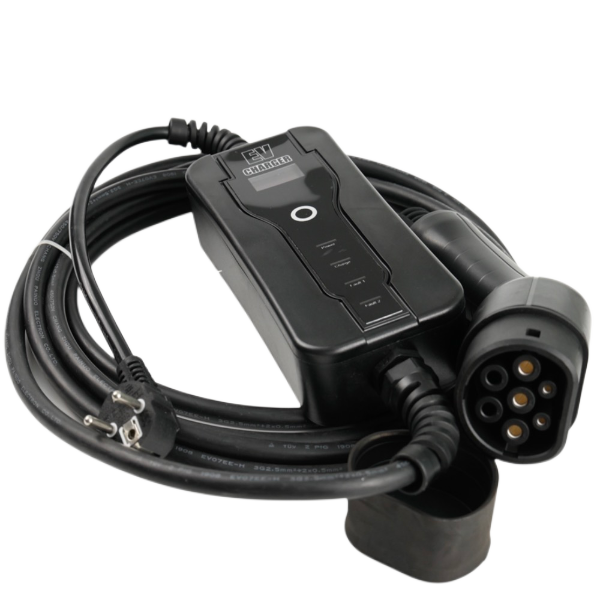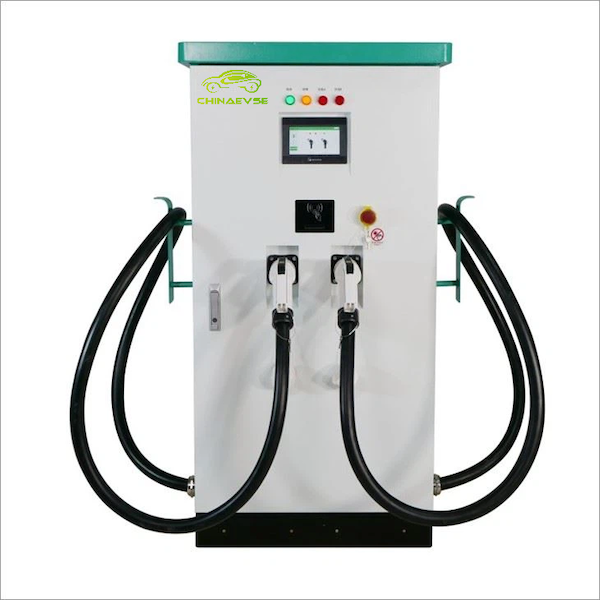- Home
- News
- The difference and advantages and disadvantages of fast charging charging pile and slow charging charging pile
The difference and advantages and disadvantages of fast charging charging pile and slow charging charging pile
Owners of new energy vehicles should know that when our new energy vehicles are charged by charging piles, we can distinguish the charging piles as DC charging piles (DC fast charger) according to the charging power, charging time and the type of current output by the charging pile. Pile) and AC charging pile (AC EV Charger), so what is the difference between these two types of charging piles? What are the advantages and disadvantages?
Regarding the difference between fast-charging charging piles and slow-charging charging piles:
Fast charging refers to high-power DC charging. It uses the charging interface of the DC charging pile to convert the alternating current of the grid into direct current, which is sent to the fast charging port of the electric vehicle, and the electric energy directly enters the battery for charging. It can be charged to 80% within half an hour at the fastest.
Slow charging refers to AC charging. It is the charging interface of the AC charging pile. The AC power of the grid is input into the slow charging port of the electric vehicle, and the AC power is converted into DC power through the charger inside the car, and then input into the battery to complete the charging. The average model takes 6 to 8 hours to fully charge the battery.
Advantages of fast charging piles:
The occupation time is short, and the DC charging voltage is generally higher than the battery voltage. It is necessary to convert the AC power into DC power through a rectification device, which puts higher requirements on the voltage resistance and safety of the power battery pack.
Disadvantages of fast charging piles:
Fast charging will use a large current and power, which will have a great impact on the battery pack. If the charging speed is too fast, there will be virtual power. The fast charging mode is far greater than the slow charging mode, and the high temperature generated will directly lead to accelerated aging inside the battery, greatly shortening the service life of the battery, and in severe cases, it will lead to frequent battery failures.
Advantages of slow charging piles:
 Charges the device battery at a slower rate with little to no dead charge. And the charging current of slow charging is generally less than 10 amps, and the maximum power is 2.2 kw, which is several times less than the 16 kw of fast charging. It can not only reduce heat and battery pressure, but also help prolong battery life.
Charges the device battery at a slower rate with little to no dead charge. And the charging current of slow charging is generally less than 10 amps, and the maximum power is 2.2 kw, which is several times less than the 16 kw of fast charging. It can not only reduce heat and battery pressure, but also help prolong battery life.
Disadvantages of slow charging piles:
It takes a long time to charge, and it often takes several hours to charge a depleted battery pack to a fully charged state.
To put it bluntly, there must be differences between fast-charging charging piles and slow-charging charging piles, and there are also advantages and disadvantages of each. For new energy electric vehicles, battery maintenance costs are relatively high. Therefore, it is recommended that when using the charging mode, try to use slow charging as the main method and fast charging as a supplement, so as to maximize the battery life.
